38 food labels with additives
How To Read Food and Beverage Labels - National Institute on Aging At the top of the Nutrition Facts label, you will find the total number of servings in the container and the food or beverage's serving size. The serving size on the label is based on the amount of food that people may typically eat at one time and is not a recommendation of how much to eat. Read more about serving and portion sizes. › food › foodadditivesFood Additives in Japan: Everything You Need to Know Dec 21, 2021 · The Ministry analyzes and approves food additives to be considered acceptable based on the Food Safety Act (FSA) of 1947, Japan’s predominant lasting food safety and hygiene act. Food additives are defined as substances used in or on food in the manufacturing process or substances used for the processing and preserving of food.
Consumers' opinions, use of food labels and knowledge of food additives ... Findings. Gender and knowledge of food additives and E numbers were found to be statistically different, as were education status and knowledge of food additives (p < 0.05).When purchasing foods, 40.0% of the respondents seldom read labels and also 34.9% were reading for each buy who verified the product's expiration date (94.2%), followed by brand name (84.8%).

Food labels with additives
CFR - Code of Federal Regulations Title 21 - Food and Drug Administration For the most up-to-date version of CFR Title 21, go to the Electronic Code of Federal Regulations (eCFR). Sec. 101.100 Food; exemptions from labeling. (a) The following foods are exempt from compliance with the requirements of section 403 (i) (2) of the act (requiring a declaration on the label of the common or usual name of each ingredient ... Food Labels Revealed on Apple Podcasts How do new food additives make it into the food supply? They have to get a nod from the Food & Drug Administration (FDA). In this episode, we take a look at the FDA review process and then examine a handful of proposed additives in the FDA queue to see what may show up in the processed foods of the future. › documents › 2018/12/21Federal Register :: National Bioengineered Food Disclosure ... Dec 21, 2018 · Section 66.3(a) requires that labels for bioengineered food must bear a BE disclosure consistent with the requirements of part 66. Section 66.3(a)(2) prohibits labels for food that is not bioengineered from bearing a BE disclosure unless the food may bear a voluntary disclosure under § 66.116, based on records maintained under § 66.302.
Food labels with additives. Food Labeling & Nutrition | FDA Food labeling is required for most prepared foods, such as breads, cereals, canned and frozen foods, snacks, desserts, drinks, etc. Nutrition labeling for raw produce (fruits and vegetables) and ... › nutrition › artificial-foodAre Artificial Food Additives Harmful to Your Health? Aug 18, 2021 · Try this today: To become a more informed consumer, find five items in your kitchen cupboard and see whether you can spot some common artificial food additives on the labels. Last medically ... 25 food label secrets you need to know - msn.com Food labeled as organic has to have at least 95% of organic ingredients both in the US and the UK, however, something labeled as 'made with organic ingredients' can contain up to 30% non-organic ... en.wikipedia.org › wiki › Food_additiveFood additive - Wikipedia Food additives are substances added to food to preserve flavor or enhance taste, appearance, or other sensory qualities. Some additives have been used for centuries as part of an effort to preserve food, for example vinegar ( pickling ), salt ( salting ), smoke ( smoking ), sugar ( crystallization ), etc.
Food Additive Status List | FDA Color additives, 21 CFR Parts 70, 71, 73, 74, 80 & 82. Go to the Color Additives Status List. Please send corrections or additions to the list to Harold Woodall, FDA/CFSAN Office of Food Additive ... Additives in food products - EU labelling rules - Your Europe Food additives. Food additives sold by themselves or as ingredients in food products must follow strict EU rules. Additives come in a number of classes, including: In an ingredient list, most food additives and food enzymes must be preceded by the name of the category to which they belong (examples: antioxidant, emulsifier, preservative). What are food additives and how are they regulated in the EU? In the EU, food additives must be identified as ingredients of the foods in which they are used. The name or E number of the additive (e.g. citric acid or E 330) must be listed on the labels of food products as well as information about the function that the additive performs in the food (i.e. why it is used: e.g. preservative). Federal Register :: Agency Information Collection Activities ... Under § 501.22(k), animal food manufacturers must declare on the animal food label the presence of certified and noncertified color additives in their animal food products. Our animal food labeling regulation at § 501.22(k) is consistent with the regulations requiring the declaration of color additives on human food labels.
Food Additives: Definition, Uses, Examples, Types, Preservaties What are the benefits of food additives? Ans: Food additives improve the quality, texture, consistency, appearance, and other technical requirements of the food material. Q.4. What are the most common food additives? Ans: Preservatives, artificial sweeteners, colouring agents, and antioxidants are the commonly used food additives. Q.5. Federal Register :: Agency Information Collection Activities; Proposed ... Under § 501.22(k), animal food manufacturers must declare on the animal food label the presence of certified and noncertified color additives in their animal food products. Our animal food labeling regulation at § 501.22(k) is consistent with the regulations requiring the declaration of color additives on human food labels. › food › food-additives-petitionsColor Additives Questions and Answers for Consumers | FDA Color additives may be used in food to enhance natural colors, add color to colorless and ‘fun’ foods such as cake decorations, and help identify flavors (such as purple for grape flavor or ... Food Labelling - CFS Hence, it is not acceptable to label a food additive by the sub-class. 13. If an ingredient, which can serve as an additive, is added to food, do we need to specify its functional class? For example, calcium carbonate is added to a food as an ingredient and does not serve as an additive in the food.
› food-safety › safe-food-handlingAdditives in Meat and Poultry Products | Food Safety and ... Mar 24, 2015 · The Food Additives Amendment exempted two groups of food additives from FDA's testing and approval process. One is the list of substances known as "generally recognized as safe" (GRAS). This group includes a variety of substances, from commonly used flavorings and spices to phosphates and carrageenan.
Additives, healthy properties and expiration dates: a guide to ... Additives, healthy properties and expiration dates: a guide to understanding food labels. 2022-09-17T21:01:10.650Z. ... An additive is a substance that is added to improve a product, for example, by adding color or sweetness, or prolonging its shelf life. Its use is not essential, but additives allow us to obtain the full range of flavors ...
How to make food nutrition labels? How to Obtain a Nutrition Facts Label for Food. Step 1: Gather nutritional data. There are a couple of techniques to figure out how much nutrition is in your food: Laboratory testing or a nutritional database. Step 2: Follow the FDA's guidelines. Step 3: Create a label design and print it.
Food Allergies | FDA - U.S. Food and Drug Administration The law requires that food labels identify the food source of all major food allergens used to make the food. ... food ingredients, or food additives pose a significant health risk and acts ...
How to Read Food Labels and What to Watch Out for? 3. Food Additives. In Europe, substances marked with the letter "E" and three numbers are probably the biggest scare on food packaging. This label hides additives that are added to food in order to increase its quality - to improve colour, smell, extend shelf life, etc. These are, for example, colourings, sweeteners, preservatives ...
› en › topicsFood additives | EFSA Food additives are substances added intentionally to foodstuffs to perform certain technological functions, for example to colour, to sweeten or to help preserve foods. In the European Union all food additives are identified by an E number. Food additives are always included in the ingredient lists of foods in which they are used. Product ...
Food Additives Examples, Types & List - Study.com For example, the glue used to put labels on food containers must pass the FDA process. Lesson Summary. In review, food additives are any item that affects a food product, either directly or ...
10 Tips for Reading Food Labels: What to Look For Sugars. Many nutritionists suggest that the first thing you should do when reading a food label is examine the sugars. This is because sugar plays a large role in your overall health, diet, and well-being. Realistically, no food that is great for you is going to have more than 5 grams of sugar. Study the Ingredients List.
› documents › 2018/12/21Federal Register :: National Bioengineered Food Disclosure ... Dec 21, 2018 · Section 66.3(a) requires that labels for bioengineered food must bear a BE disclosure consistent with the requirements of part 66. Section 66.3(a)(2) prohibits labels for food that is not bioengineered from bearing a BE disclosure unless the food may bear a voluntary disclosure under § 66.116, based on records maintained under § 66.302.
Food Labels Revealed on Apple Podcasts How do new food additives make it into the food supply? They have to get a nod from the Food & Drug Administration (FDA). In this episode, we take a look at the FDA review process and then examine a handful of proposed additives in the FDA queue to see what may show up in the processed foods of the future.
CFR - Code of Federal Regulations Title 21 - Food and Drug Administration For the most up-to-date version of CFR Title 21, go to the Electronic Code of Federal Regulations (eCFR). Sec. 101.100 Food; exemptions from labeling. (a) The following foods are exempt from compliance with the requirements of section 403 (i) (2) of the act (requiring a declaration on the label of the common or usual name of each ingredient ...
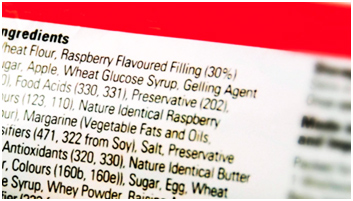




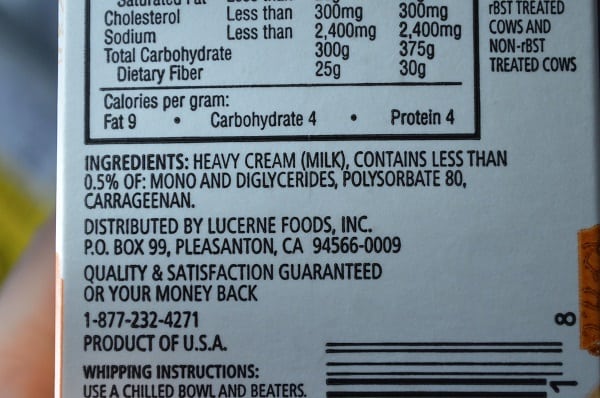
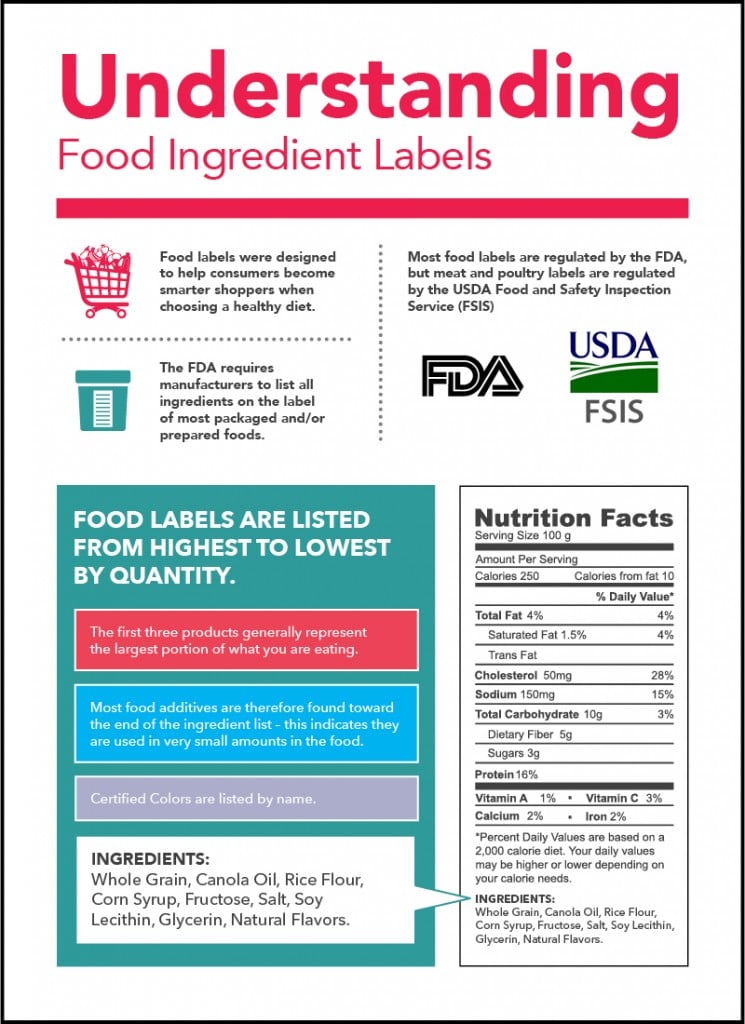
/Food-label-Envision-575f13f25f9b58f22ee9a2dc.jpg)
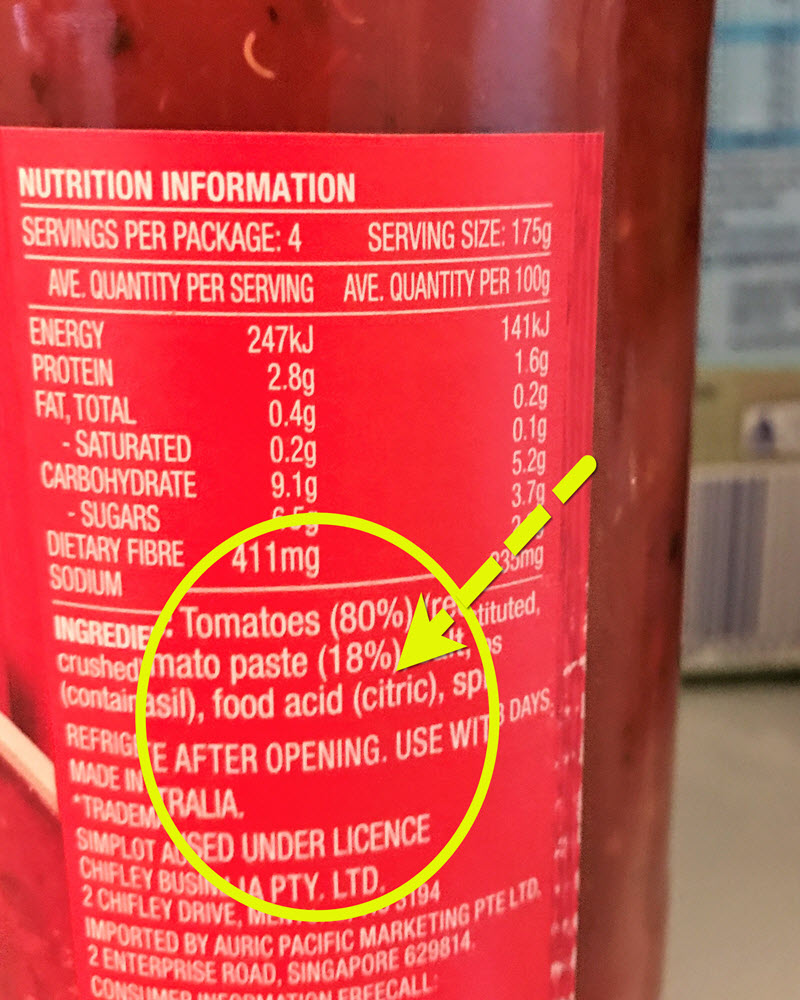
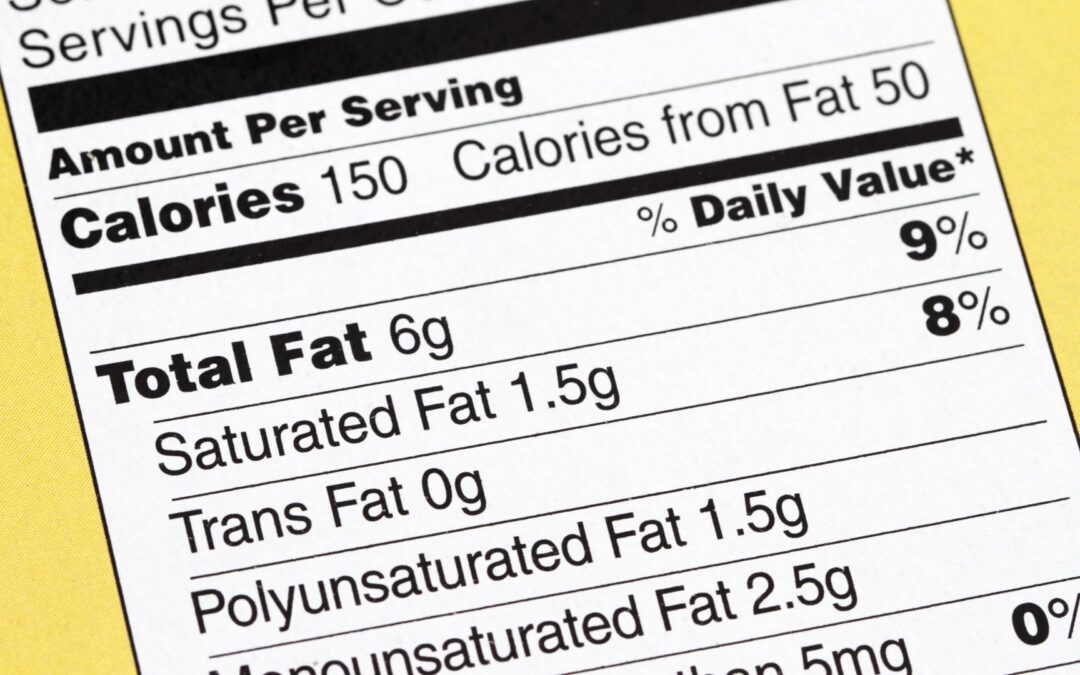
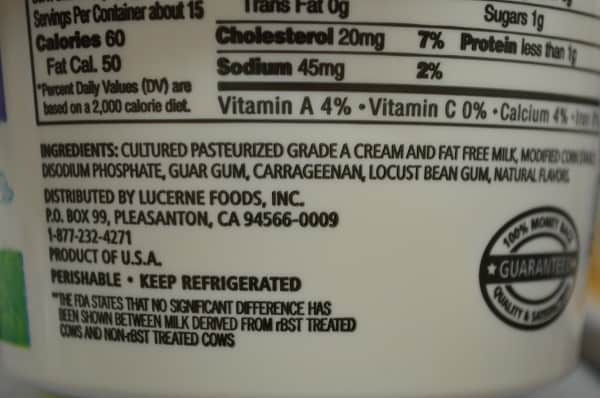




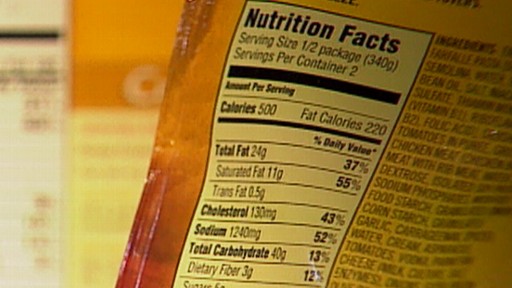
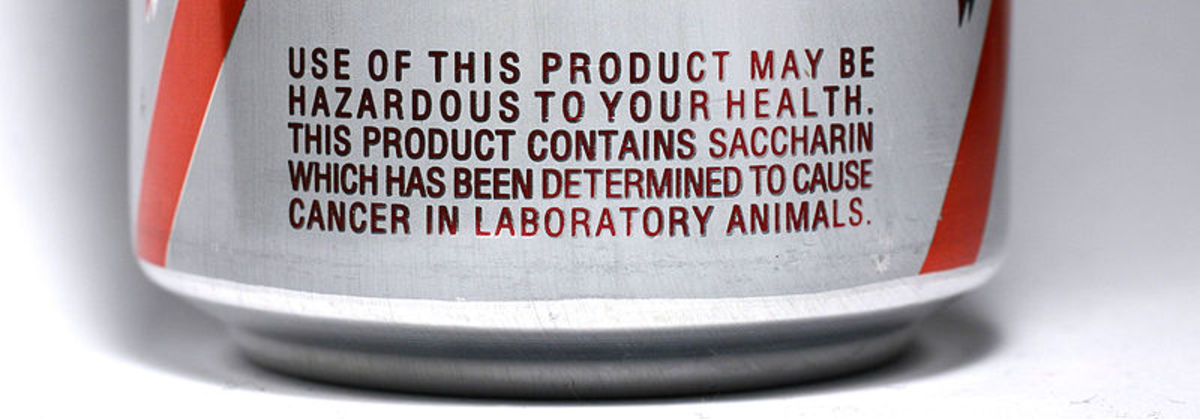


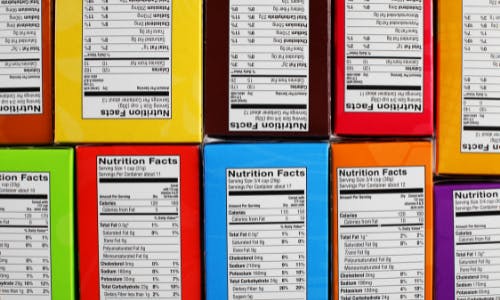
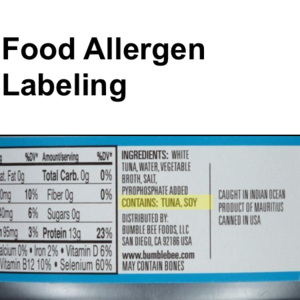
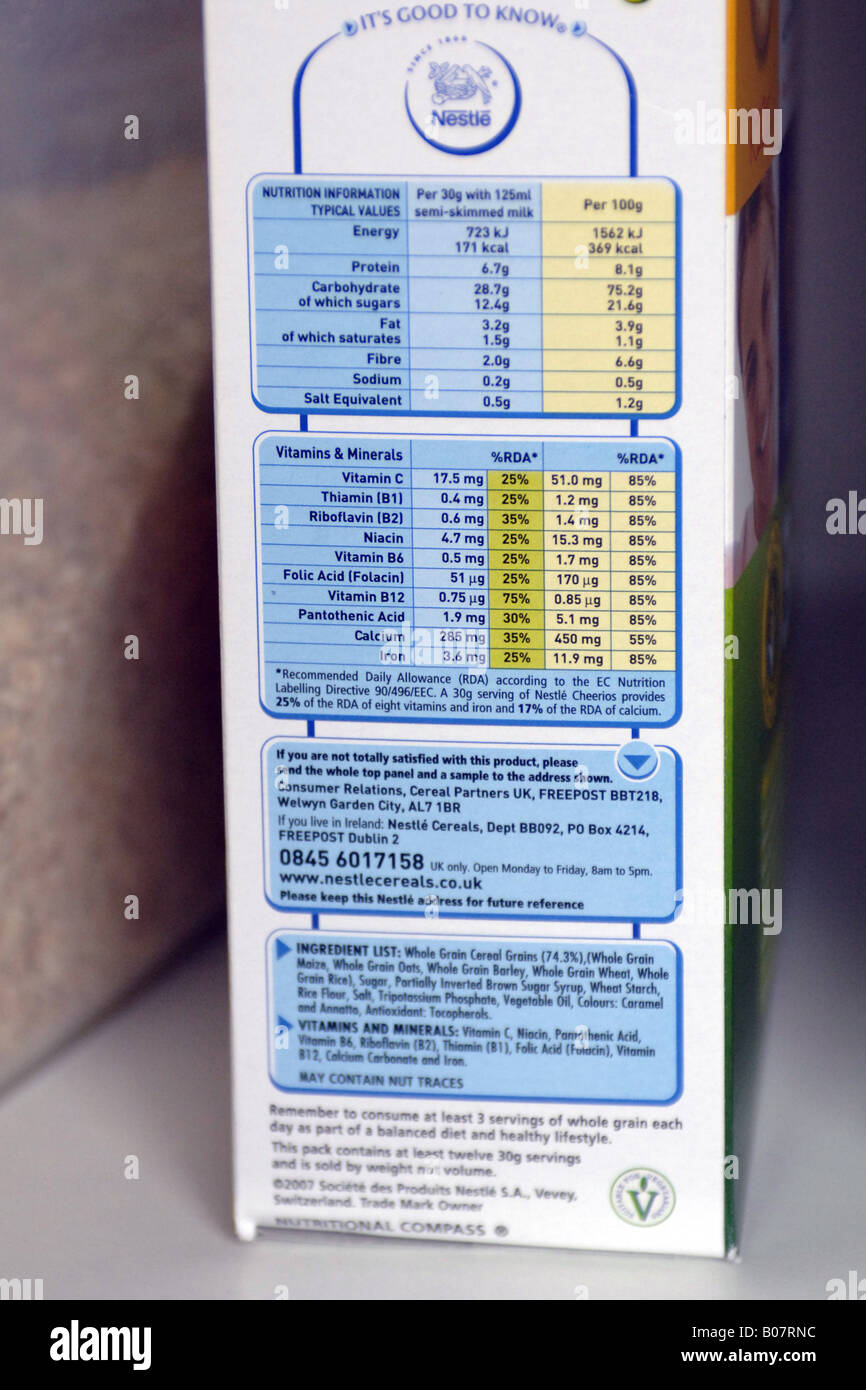
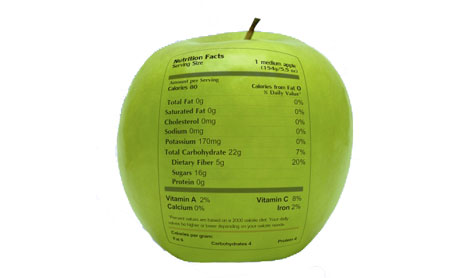
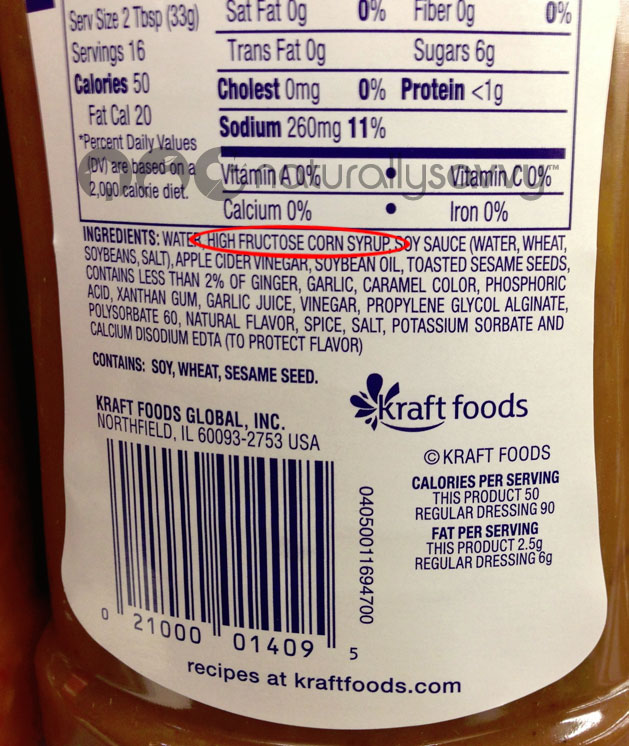
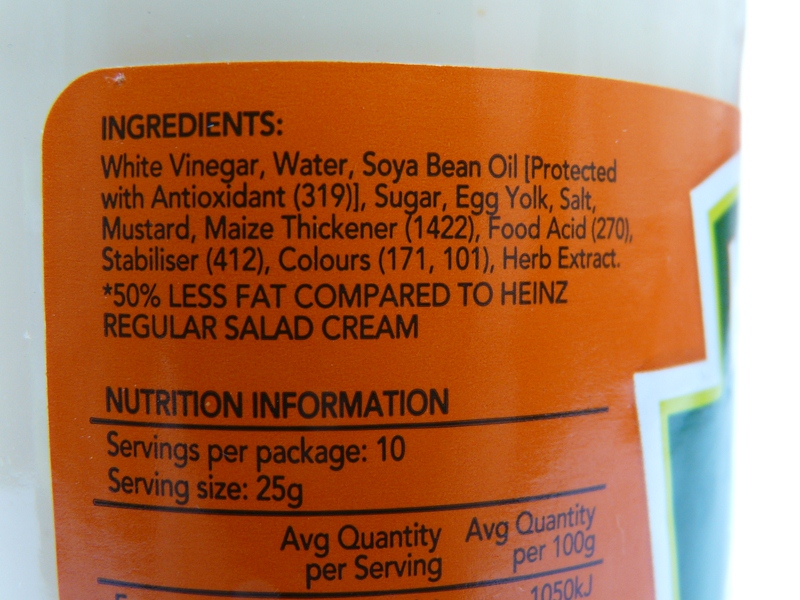
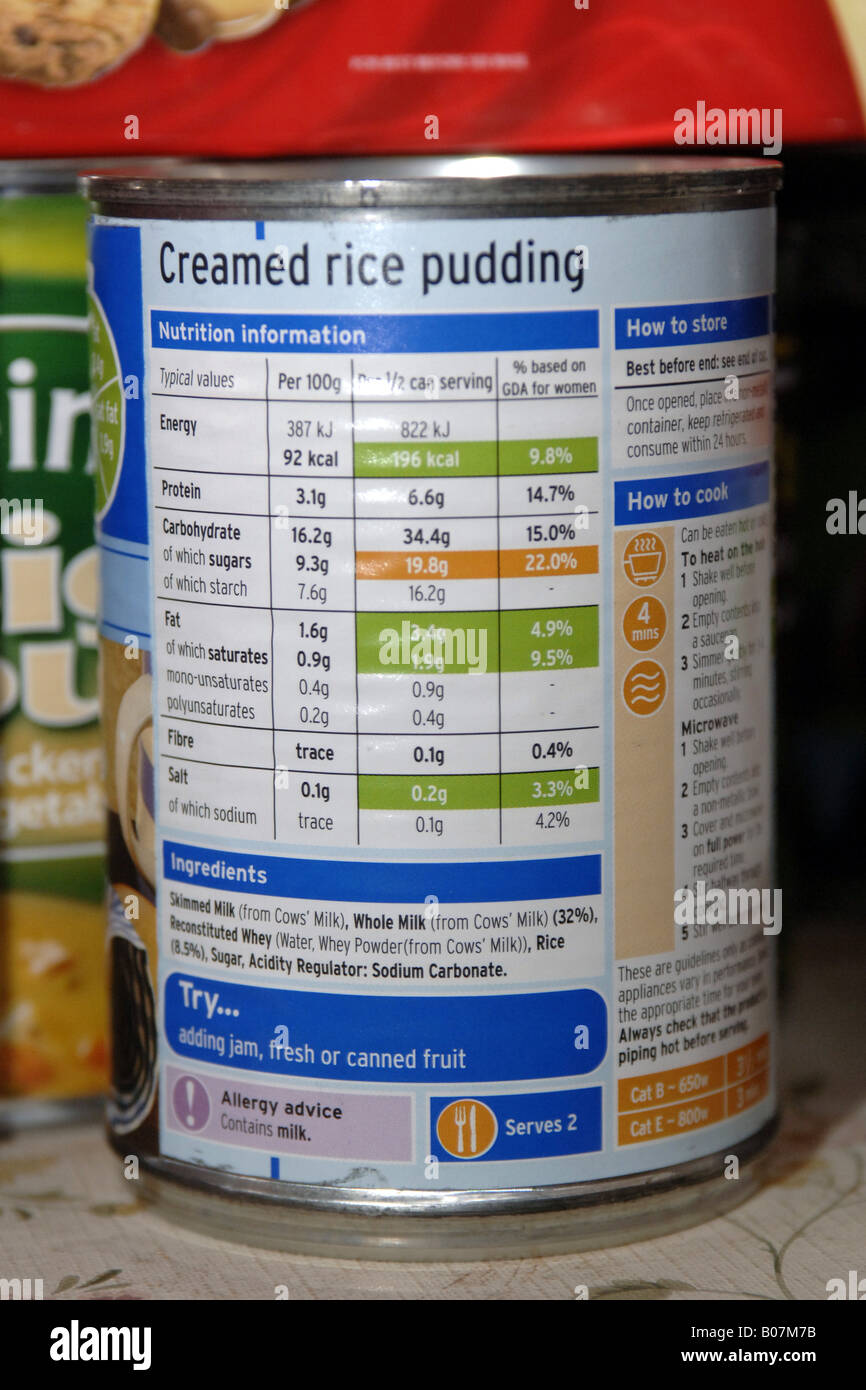
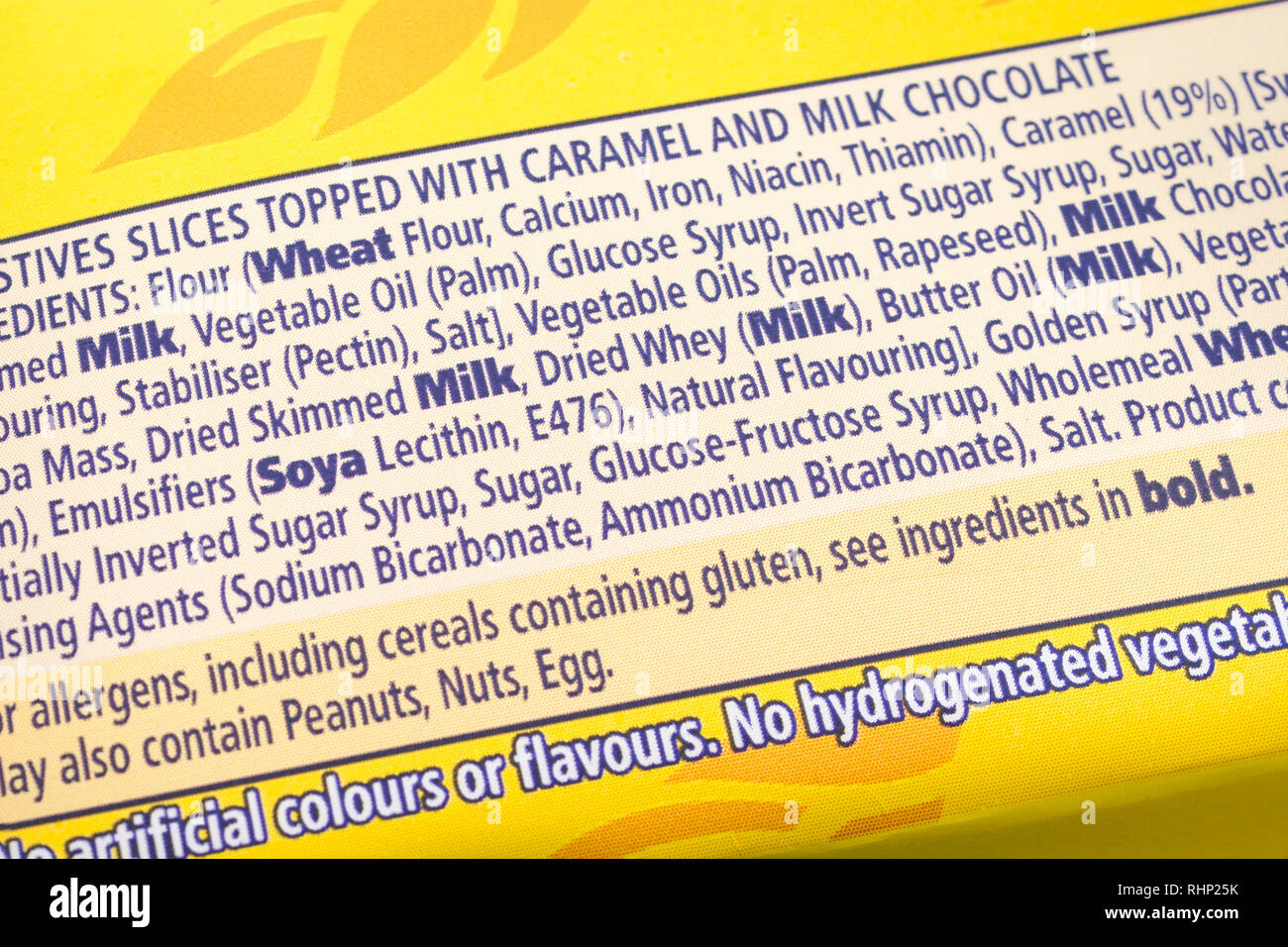

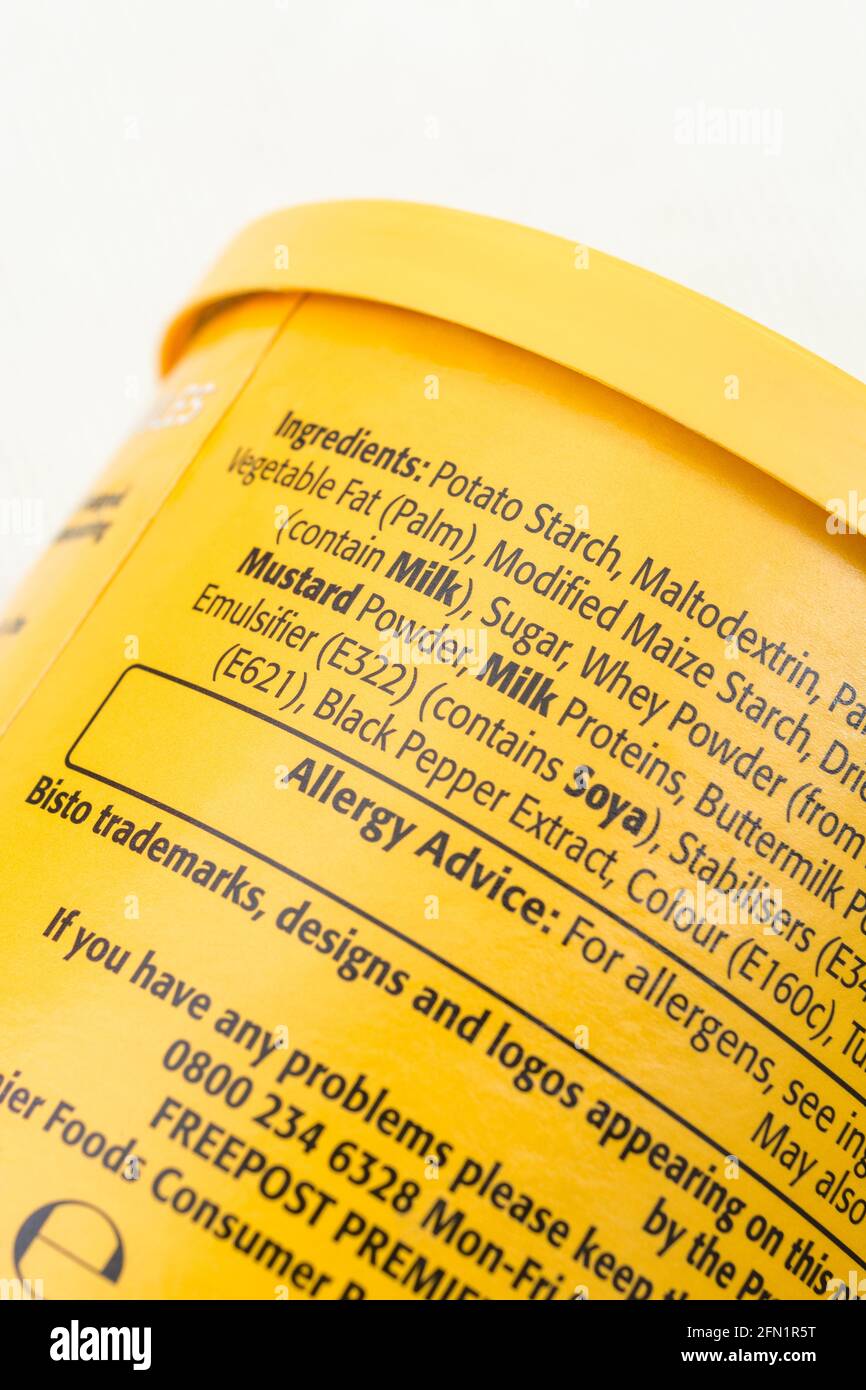


Post a Comment for "38 food labels with additives"